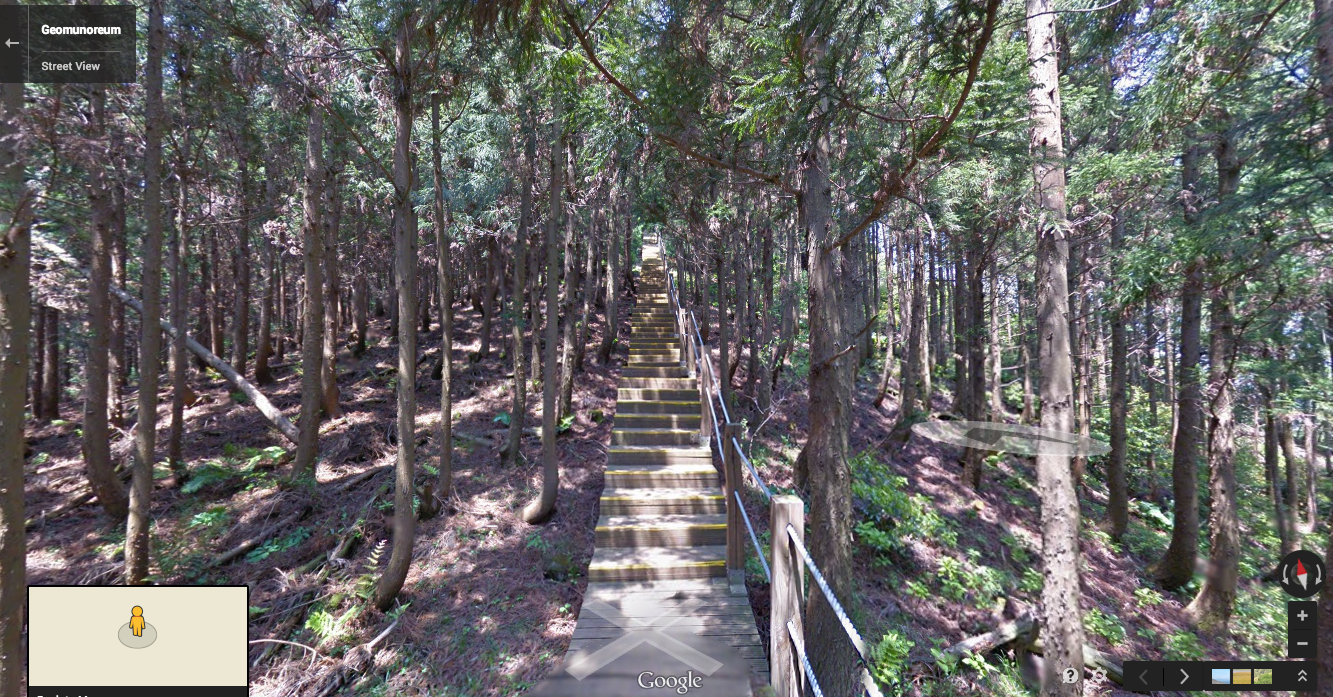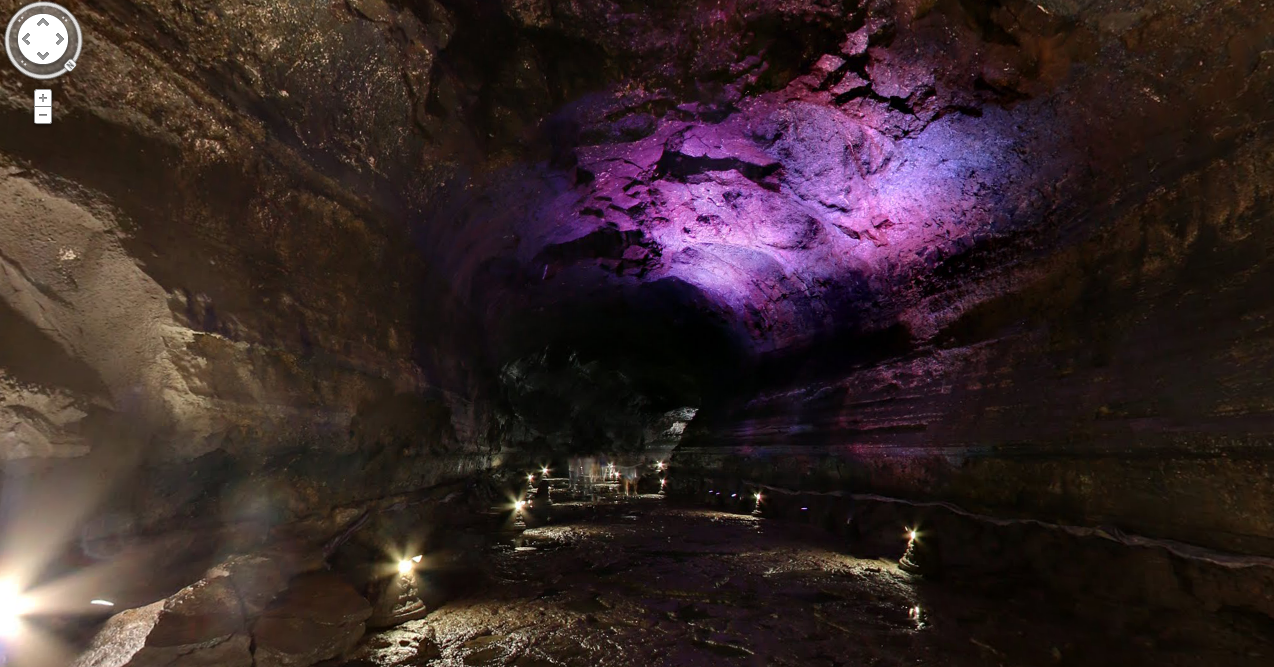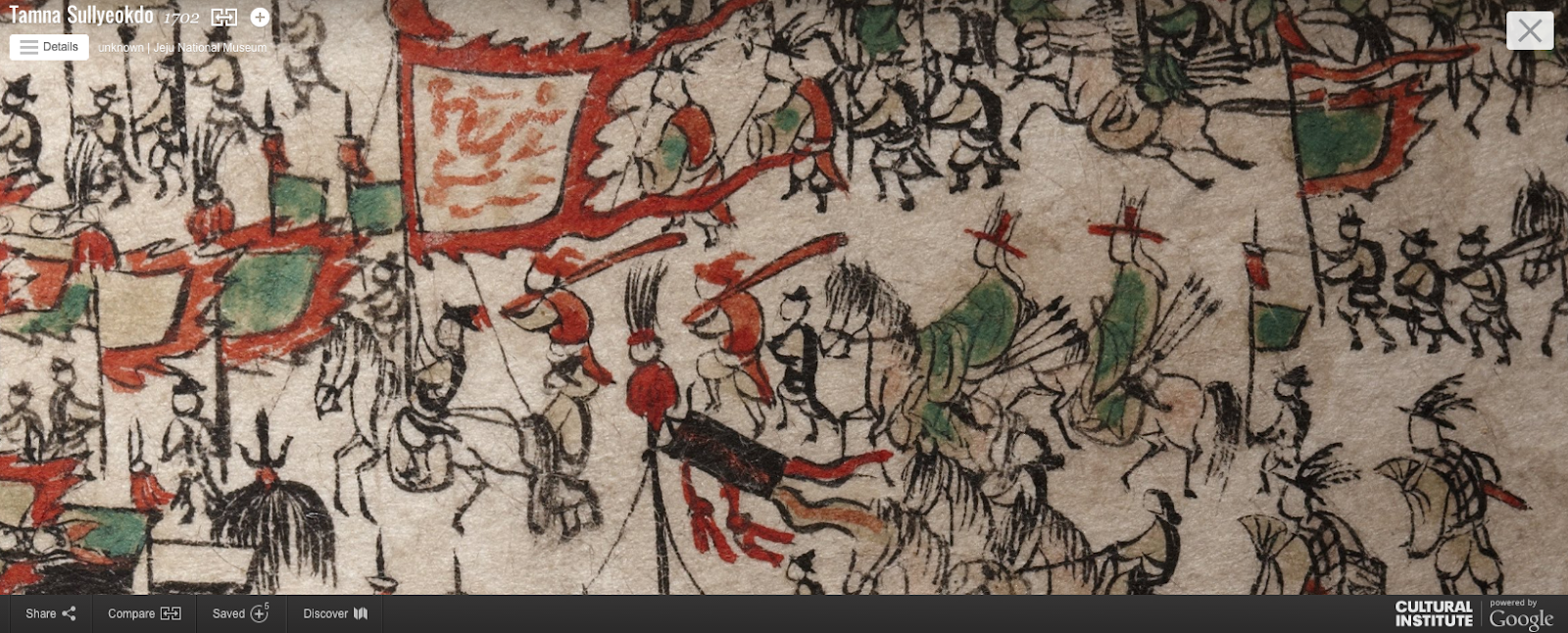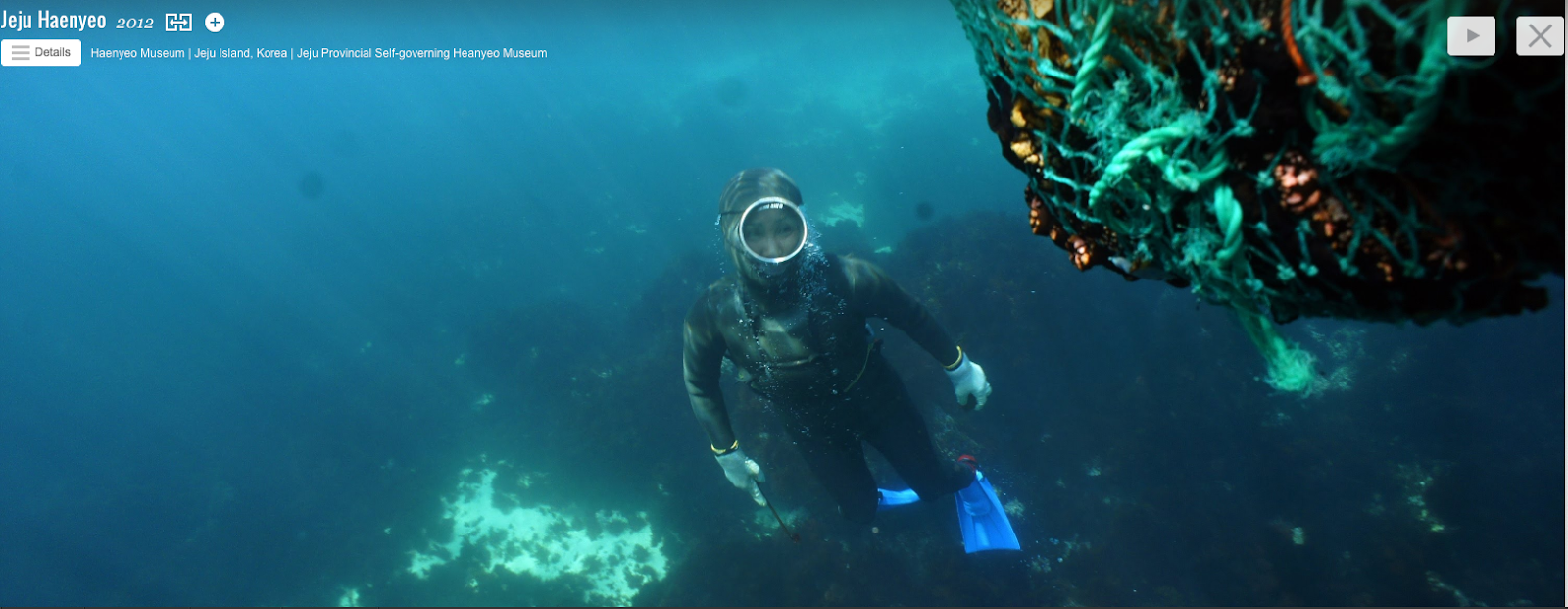Just 73km long and 41km wide, South Korea's island of
Jeju packs in an incredibly rich natural and cultural heritage. Two million years after it was born from a volcanic eruption, this windswept island has become a popular holiday destination for Koreans and many tourists across Asia. Join us on
a whirlwind tour of Jeju on Google Cultural Institute and Street View to see why.
Explore Jeju’s UNESCO World Wonders in 360 degrees
Volcanoes, mountains, caves, waterfalls—Jeju’s got them all. No wonder UNESCO designated it as a World Natural Heritage site in 2007 and we’ve now captured some of these views as online panoramas on Street View. Here are some of the new vistas on Google Maps and under the
World Wonders section of the Google Cultural Institute:
Seongsan Ilchulbong
Rising above the hills of eastern Jeju, Seongsan Ilchulbong is one of the island’s highest peaks, and features a distinctive volcanic crater at its summit that inspired its name, “castle mountain sunrise peak.”
 |
| The vista over Seongsan Ilchulbong |
Geomunoreum
Oreum means “hill” in Jeju’s local dialect, though it actually refers to a small volcanic zone. Jeju is home to many of these mini-volcanoes and “Geomunoreum” is named “black hill” after the forest that grows in its center crater, so dense it appears black:
 |
| The forests at Geomunoreum |
Manjang Cave
Created by ancient hot lava flows, Manjang Cave is one of the biggest lava tubes in the world. Only 1 km of its estimated 7.4km is open to tourists — Street View takes you inside for a glimpse of this huge natural tunnel.
 |
| Manjang Cave |
Zoom into Jeju’s history with the Art Project
The
Jeju National Museum has documented the cultural history of this island from its earliest artifacts, such as archaeological tools made from abalone shells dating to the Neolithic Age, all the way to the Joseon Dynasty, which lasted five centuries from 1392 to 1897. Today, they have put over 150 items onto the Google Cultural Institute, as well as two online exhibitions called
Hallasan Mountain and
Korean Horses: Galloping Across Space and Time.
One of the highlights of the museum’s collection is
Tamna Sullyeokdo, a book of paintings from 1702, which depicts the events and landscapes from the Jeju governor’s royal procession around the island. You can zoom into the painting at high resolution to appreciate all the minute details.
 |
| Zoom into the details of the Tamna Sullyeokdo from the Jeju National Museum |
Dive down with Jeju’s haenyeo in Historical Moments
Jeju is famous for its
haenyeo, or “sea women,” who dive year-round to harvest abalone, conches, and other marine life. For generations, these courageous
haenyeo have supported their families and the island’s economy by braving the freezing waters surrounding the island. Now, with the the population of female divers dwindling and aging (most of the
haenyeo are in their 60s), it is more important than ever to preserve memories about this unique tradition for future generations.
The
Jeju Provincial Self-governing Haenyeo Museum has documented the
haenyeo’s customs since 2006. By unveiling four online exhibitions on the Cultural Institute they have curated today, we hope to convey the rugged, difficult depths that the women divers have frequented. Exhibits and photos of
haenyeo are also highlighted as part of the Google Cultural Institute’s
Women in Culture feature.
 |
| Imagery from the new Jeju Haenyeo exhibit on Google Cultural Institute |
We are proud to help not only Koreans but people all over the world to virtually visit and explore the heritage of one of the country’s most beloved destinations. From the picturesque woods of Geomunoreum to the mysterious depths of the Manjang Caves, we hope you’ll be inspired by Jeju’s beauty that you’ll come and visit it in person one day.
Posted by Amit Sood, Director of the Google Cultural Institute
No comments :
Post a Comment